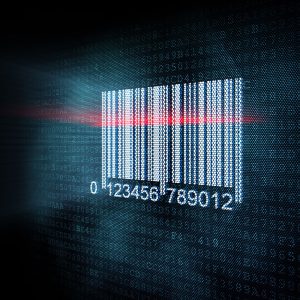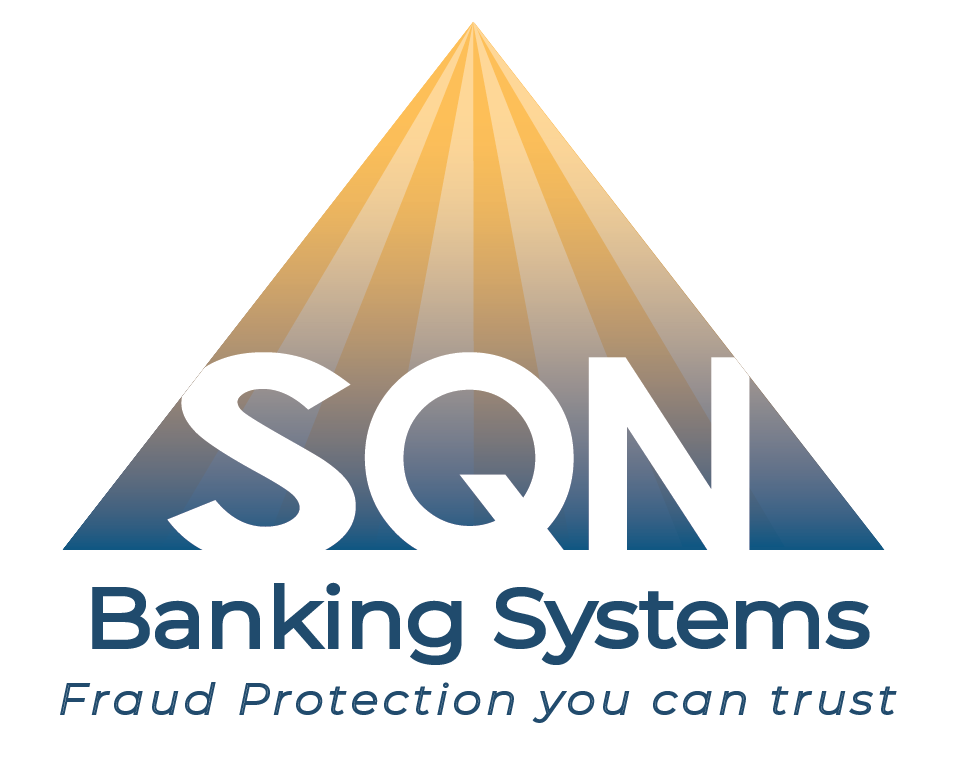Using Digital Check Encryption Barcodes to Reduce Fraud for Commercial Accounts

Check washing is on the rise, and on top of that, changes in technology mean that scam artists don’t even have to steal and alter paper checks. If they can get ahold of the victim’s information, they can simply create a fraudulent check and cash it against their account. This risk disproportionately affects commercial clients who tend to use checks in higher values and volumes than individual clients.
In the past, your tellers could simply look for signs of alteration but the shift to digital checks has made this nearly impossible. As a result, while checks are on the decline, check fraud is on the rise. Most banks only analyze a small handful of checks over a certain value for signs of fraud, and this allows a lot of fraudulent checks to slip through the cracks.
The solution — replace the manual review process with barcoding technology that protects your bank and your commercial clients. Here’s what you need to know.
How Barcoding Checks Work
When your bank receives a check against a commercial client’s account, your teller can scan the check’s barcode. This will bring up a digital file of the correct information that should appear on the check, such as payee, amount, and date.
If the check is correct, processing moves forward as usual. If not, the teller will assess the severity of the aberration, and they will decide whether or not to move forward with cashing the check. As needed, they can send the check to the fraud department for additional review and verification.
Benefits of Barcoding Commercial Checks
Using barcodes to verify the details on a commercial check offers a host of benefits. Here are the main advantages of this anti-fraud technology:
Image-survivable security
Barcoding works with digital checks because a barcode can survive when the check is changed from a paper document to a digital image. In contrast, traditional anti-fraud methods such as watermarks, micro-printing, and special inks work well on paper checks, but they’re virtually useless when checks are presented digitally.
Upfront verification
In a lot of cases, banks don’t catch check fraud until checks are cashed and account holders report the issue. At this point, the thief is usually long gone with the funds, and remediation becomes expensive and stressful for everyone involved. When you use barcoding to authenticate commercial checks, you discover problems when the check is presented before you cash it.
Eliminates daily issue files
Barcoding commercial checks save your bank time and money by eliminating daily issue files. Instead, all of the relevant information travels with the check, conveniently encoded into the barcode. Barcoding also saves time compared to manual positive pay processes.
Impenetrable
A creative scam artist can fake a lot of the anti-fraud elements on a check. They may be able to leverage technology to reproduce all kinds of anti-fraud efforts. However, the barcode is not one of them. It’s impossible to change the barcode itself. If altered, it simply wouldn’t work, and the bank would immediately know it’s dealing with a bad check.
Improved relationships with commercial customers
Commercial clients are more likely to be the victim of fraud than individual clients. They’re also more likely to face larger losses. Helping these clients secure their accounts builds their loyalty to you.
This makes these clients more likely to turn to you when they need business loans or other products. Historically, bankers could assume that if a business was an accountholder, they would naturally use the bank for their other needs. Now, that isn’t the case. People tend to jump around more. By building loyalty you stand to reduce customer churn.
Internal fraud detection tools
What if your teller is part of the fraud? What if they allow checks to pass through even if the barcode is compromised? Don’t worry. There are also tools that can help you detect this type of fraud. Real-time analysis tools will analyze what your team is doing and look for common signs of internal fraud. Then, they will alert you if something seems off about a teller’s performance.
Protect Your Commercial Clients Today
SENTRY: Seal lets you add barcodes to commercial checks for portable fraud detection. This allows your team to easily verify the information on checks that have been presented on your commercial clients’ accounts. By extension, you reduce fraud, protect your clients, and safeguard your bottom line. When combined with SENTRY: Fraud, this solution can also look for signs of internal fraud as well as fraud risks across other payment channels.
In addition to SENTRY: SEAL and SENTRY: Fraud, we also offer SENTRY: Positive Pay. This tool offers all of the benefits of traditional positive pay solutions, but it’s automated. That saves you time and money, while simultaneously boosting your security.
Ready to learn more? Want the best solutions to protect your individual and business account holders? Then, contact us at SQN Banking Systems today. We have a range of anti-fraud solutions and services, but we know that every financial institution has unique needs. When you contact us, we can start with a fraud process review to help you spot vulnerabilities. Then, we can help you customize the right solutions for your needs.
